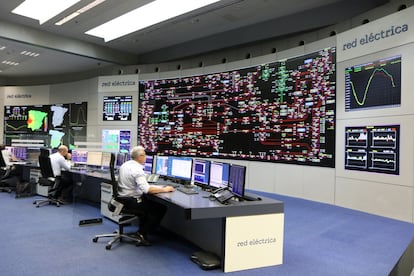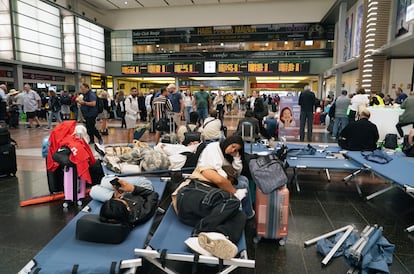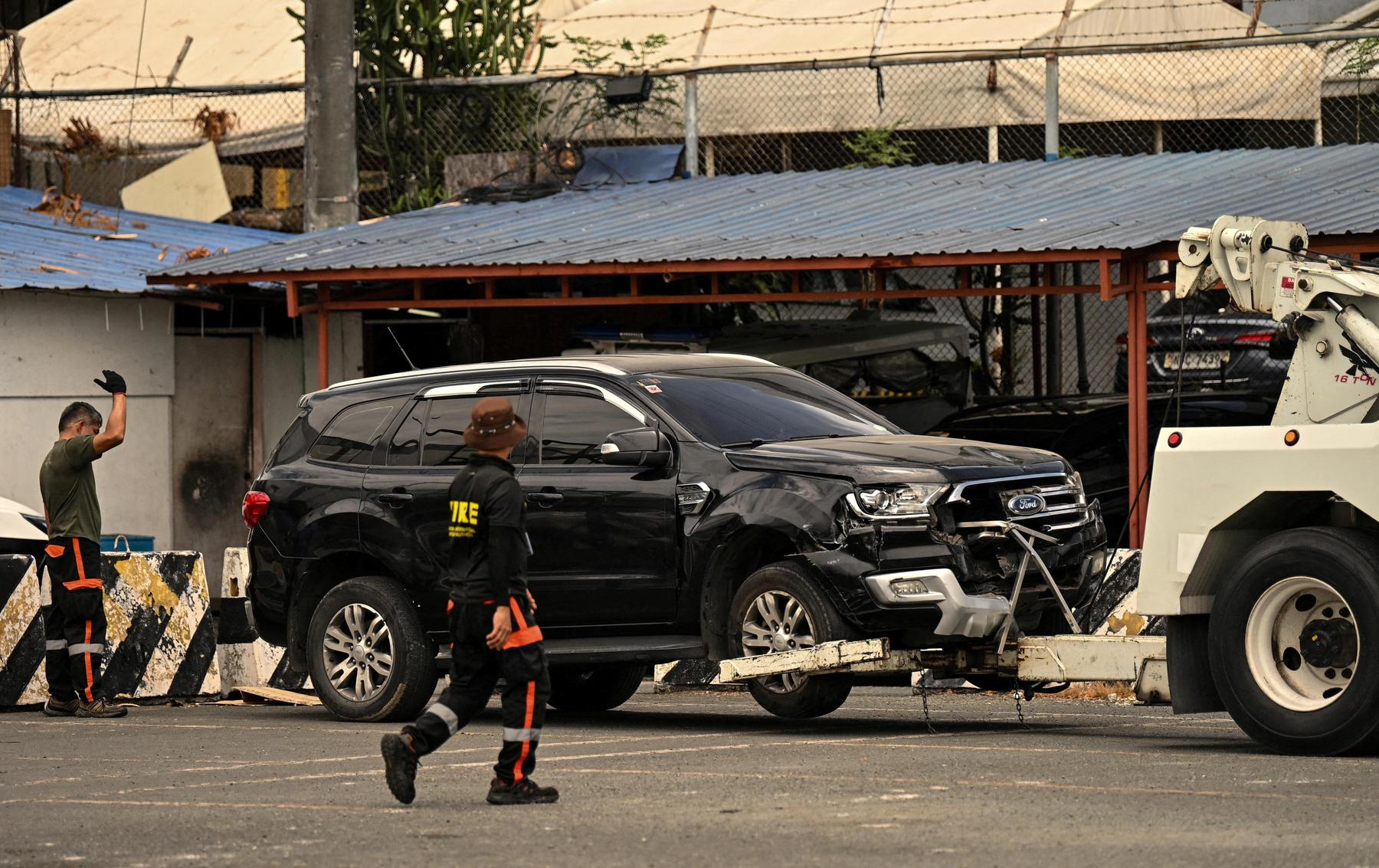How does electricity get home? The ins and outs of the Spanish system | Economy

Press the switch and make the light. To make possible such a everyday gesture that a complex gear operates as the best of the orchestras. If only a couple of score notes and the director of the symphony fail – in this case, Red Eléctrica de España (REE) – is not able to solve it in a few seconds, the result can become as disastrous as Monday was: The biggest blackout in the recent history of Europe and one of the largest in the world in decades.
Almost a week later It still does not know what instrument he defined on Monday. With the investigation still ongo Dispeocate the day to day. A good time to ask ourselves what is behind the home accountant: what intricate system allows it to be possible to put the washing machine or the dishwasher without blinking. The following scheme shows the main elements of that network.
« I do not know if it is as much as a miracle, but what is clear is that the electrical system is very complex and that, fortunately, we know how to handle it almost always, » reflects Pedro Linares, professor of Icai, the School of Engineers of the Pontifical University Comillas. « It is a reminder that in our society we give many things for sitting without realizing how difficult they are, » he adds.
The electrical system as we know it, recalls Alejandro Labanda, head of energy of the Batartlet consultant, is something recent. « We take it for granted. Not only because we are a little comodones but, to a large extent, because until now it has been very robust and could always be adjusted automatically to avoid blackouts. »
« We live in a modern and developed country, with industrial and technological processes whose entertainment citizens are completely unknown. And we are not accustomed to us. That is why we only stop to think what is behind in moments like this, » says José María Yusta, professor at the University of Zaragoza with three decades of experience in the study of electrical systems. He is surprised that there are no more electrical engineering students, despite high demand in the labor market. « Maybe, » he says, « because it is taken for granted that it is a system that is already done and that works. » A truth that seemed written in stone until Monday.
What follows is a brief synthesis, schematic, of what is behind any domestic plug.
1. Generation
It is the beginning of everything. Electricity occurs in a huge (and growing) range of plants of all kinds. From the most classic (hydroelectric, nuclear, gas – combined or cogeneration – carbon) to wind and photovoltaic thrights, which have not stopped gaining weight in recent years. A shift change that has drastically reduced the wholesale and decarbonized price of the electrical matrix, but that has also made the work of the system manager more difficult.

2. Transport
Electricity leaves the centrals, more and more away from each other, to enter the network. A kind of highways that flows to final consumers. They are of three types: high voltage (which travel large distances and take energy to the transformation substations), medium voltage (ranging from substations to the transformers in each locality, each neighborhood or even each apple) and low voltage (which start from the transformers and take the current to households and companies).

While transport networks are Ree competition, those of distribution are owned by the electric: Iberdrola, Endesa, Naturgy, EDP and Viesgo are distributed as if it were a risk board in a monopoly regime in each community or assigned territory.
3. Control centers
They are the nerve center of the Spanish electrical system. There, a small group of technicians manages in real time – 24 hours a day, 365 days a year – the large electricity flows, correcting possible deviations or failures.

Ree has two control centers: the Cecoel, where the most critical hours of last Monday were lived, and Cecre, exclusively for renewables. To both we must add another 36 control centers of the generating companies, enabled for the exchange of information in real time with the system manager.
4. Consumption

Despite having a significantly lower weight on the economy than in other large European countries, such as Germany or Italy, the industry is the largest consumer of electricity, followed at a great distance by the services and household sector. Far away, although growing, transport, With the train to the head. Agriculture closes the table.
5. Storage

Its current weight is small, less than in other European neighbors, but He is called to be – in all his facets – vault key of the renewable revolutionboth to reduce renewable energy spills in the hours and days of greater production and to stabilize prices and provide firmness to the system as a whole.
The most relevant alternatives are two: the Reversible, pumping hydroelectric plants; and the batteries, which already play a relevant role in Germany, the United Kingdom, Australia or the states of California and Texas (USA). Soon they should also do it in Spain. With even more reasons, after the great blackout.






